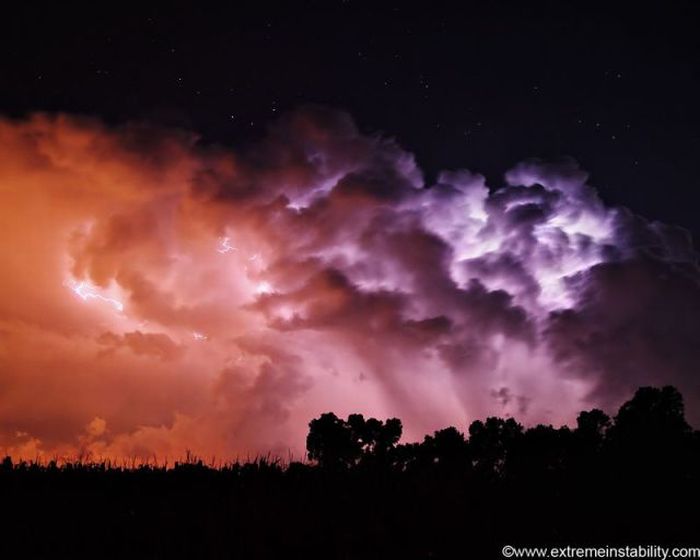

Phenomenon is sometimes shortened to phenom, as in the phrase the rookie phenom Cody Bellinger.

The Nationals, for all their annual contention, aren’t the Cubs, a beloved (or loathed) national phenomenon.A seismic phenomenon caused the tectonic plates to shift and create a new lava flow to the surface.The airborne phenomenon was observed off the coast of Edinburgh at roughly 11pm last night.A phenomenon is something remarkable that happened, usually for unknown reasons or causes.Īlmost anything can be called a phenomenon as long as meets these criteria unusual weather patterns, exceptionally talented athletes, and events in space. What does phenomenon mean? Phenomenon is a singular noun.
PHENOMENA VS PHENOMENON HOW TO
The researchers believe that pebble beaches are more likely to promote the formation of microplastics than sandy beaches.I will also show you how to use a mnemonic device to make choosing phenomenon or phenomena a little easier. Previous research shows that this causes them to break up into microplastics and nanoplastics. The ‘floating stones’ are brittle and they are moved around pebble beaches with great force. The phenomenon was later also observed in Italy.

The microplastics are the product of fragmented larger pieces of plastic in the sea. Plastic crusts consist of PE, the material that a lot of packaging is made of. Over time, these particles form crusts on the rocks which get bigger every year. Waves and wind leave microplastics behind stones on coastlines. This means that pyroplastics are less dense than plastiglomerate and can float in water.Īnother phenomenon was discovered on the coast of Madeira in 2016: plastic crust. While plastiglomerate consists of plastic that has melted onto stone, coral or shells, in the case of pyroplastic, it is melted plastic. According to the researchers, this finding shows that plastiglomerate and pyroplastics have the same origins. The chunk of plastiglomerate not only had this type of impression, but also contained an embedded pebble. Degradation can cause the pebble to release and leave an impression behind. A chunk of plastiglomerate and a chunk of pyroplastic, both consisting of PE and PP, left the same impression as clasts (a stone or pebble that is embedded in another rock or sediment). Exploratory research, published earlier this year in Marine Pollution Bulletin, on a pebble beach in Madeira answers this question.

Scientists asked themselves if the pyroplastics originated in the same way as plastiglomerate. Nowhere in the world are these types of plastic pollution systematically recorded so the scale is not known. These are plastics that are used in the products and packaging that we use every day. Plastiglomerate and pyroplastics have also been studied in Italy and Japan and the analysis shows that they consist of polyethylene (PE), polypropylene (PP) and polyethylene terephthalate (PET). Pyroplastics sink rather than float, travel huge distances and wash up somewhere. These are chunks of burned plastic that are smoothed by erosion and are barely distinguishable. In 2019, floating stones of plastic were discovered off the coast of the United Kingdom. Plastiglomerate is heavy, adheres to the substrate it formed on, and once in the water, immediately sinks to the bottom. The chunks were formed by campfires, lava flows and forest fires. When geologists discovered this ‘rock’ on a beach in Hawaii, it was given the name plastiglomerate in 2014. This happens in places where plastic is incinerated in the open air. When melted plastic adheres to stone or coral, it gives rise to a new type of rock. And then there are the plastic crusts that grow on objects. One such unexpected phenomenon is a new type of stone formed from melted plastic. How do they arise? Are they interconnected? How do they influence each other? How do they impact the environment? Scientists are starting to understand these new and unexpected ‘natural phenomena’. Plastic pollution manifests itself in nature in different ways.


 0 kommentar(er)
0 kommentar(er)
